Glif: Can AI Transform You into a Digital Artist?
Glif is an innovative AI-powered platform that’s revolutionizing the way we create and interact with digital art. By leveraging cutting-edge artificial intelligence, Glif empowers users of all skill levels to produce stunning visual content with ease. Whether you’re a seasoned designer or a complete novice, Glif offers a unique blend of creativity and technology that’s reshaping the landscape of digital art creation.
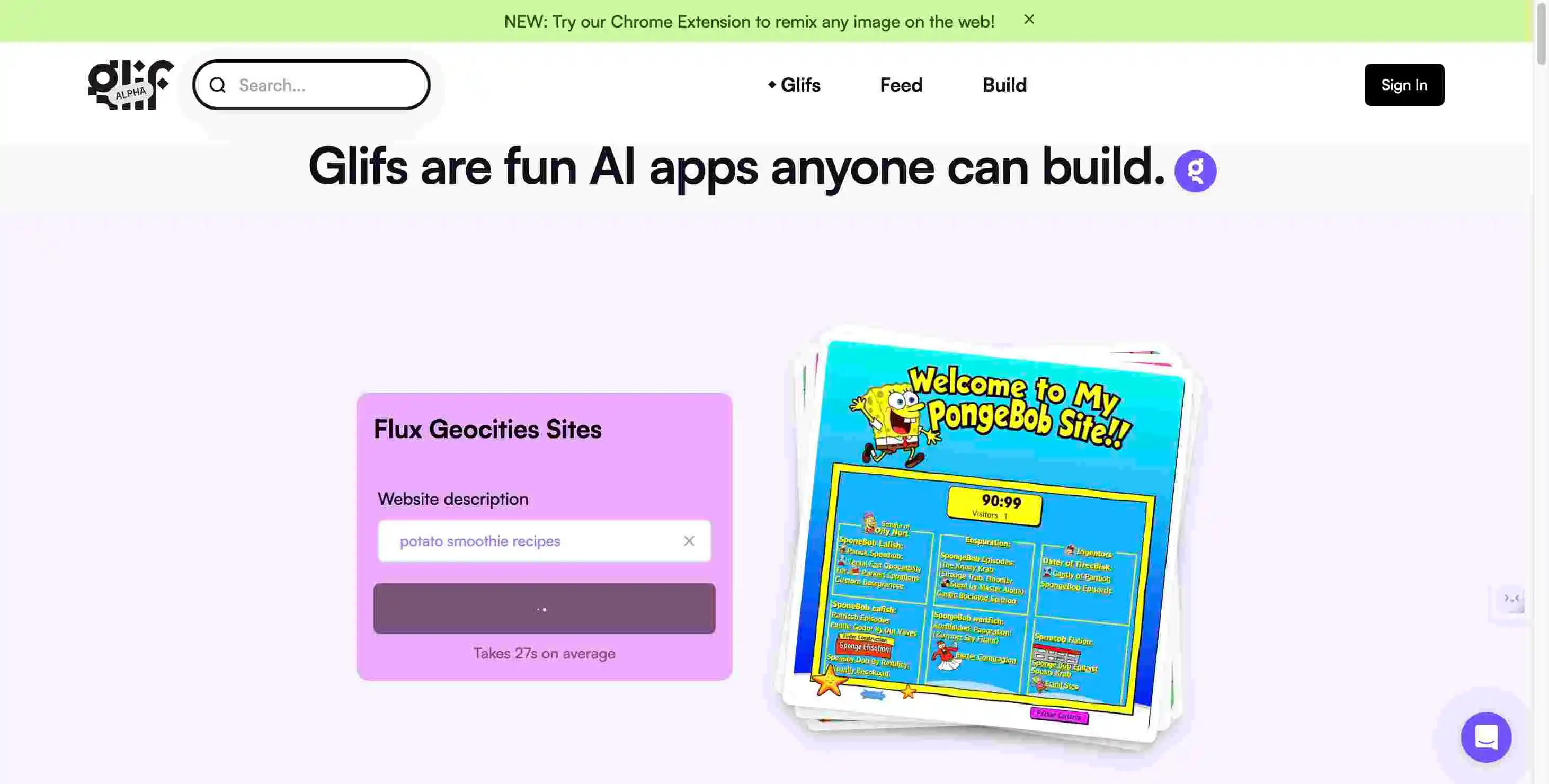
5 Tips and Tricks To Get The Most Out Of Glif
- Experiment with different prompts:
- Try various descriptive phrases to guide the AI
- Combine unexpected elements for unique results
- Use specific art styles or artist names for inspiration
- Leverage the power of iterations:
- Generate multiple versions of your idea
- Refine your favorite outputs for better results
- Save promising iterations for future projects
- Explore diverse art styles:
- Experiment with different artistic techniques
- Combine multiple styles for a distinctive look
- Use style-specific keywords to guide the AI
- Utilize advanced settings:
- Adjust aspect ratios for different platforms
- Fine-tune image parameters for precise control
- Experiment with seed values for consistent results
- Collaborate and share:
- Join the Glif community for inspiration
- Share your creations and gather feedback
- Learn from other users’ techniques and prompts
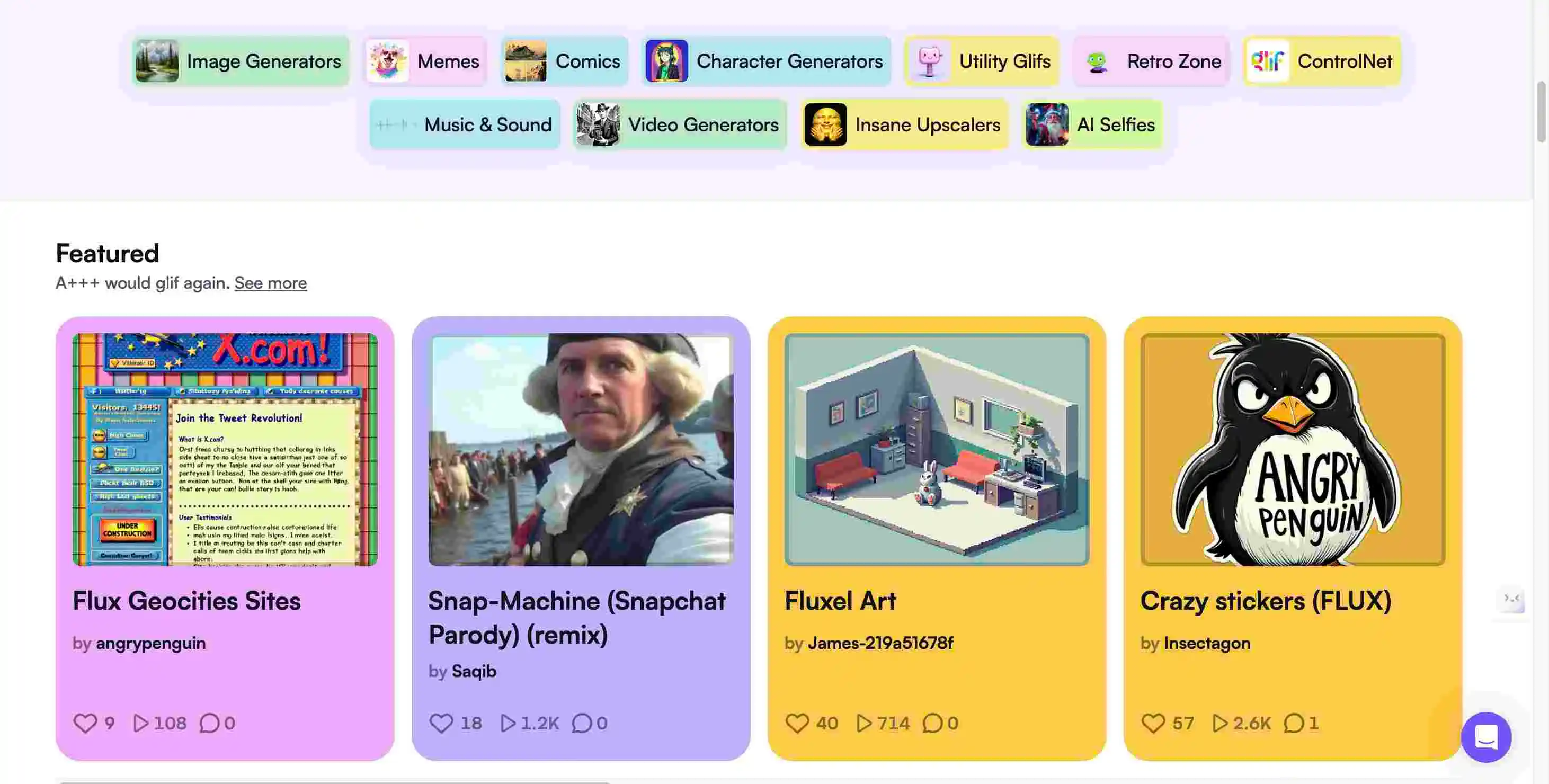
Main Features of Glif
- AI-Driven Art Creation: Glif enables groundbreaking art creation using advanced AI technology that transforms text prompts into high-quality digital images. Users can describe their vision, and the AI generates corresponding artwork, making digital art creation accessible to everyone regardless of artistic skill.
- Technological Innovation: Glif employs cutting-edge AI technologies, including state-of-the-art generative models and machine learning algorithms. These technologies analyze and understand text inputs to produce visually stunning and contextually relevant digital art, pushing the boundaries of AI-assisted creativity.
- Flexibility and Versatility: Glif offers remarkable versatility in artistic creation, allowing users to explore a wide range of styles, themes, and visual aesthetics. The platform supports various image formats and resolutions, making it suitable for different applications from social media content to large-scale prints.
- User Experience: Glif enhances the user experience with an intuitive, user-friendly interface that makes AI-powered art creation accessible to both artists and non-artists. The platform offers real-time generation, easy-to-use controls for refining outputs, and a streamlined workflow that encourages experimentation and creativity.
The Inner Workings of Glif
At its core, Glif utilizes advanced machine learning algorithms and generative AI models to transform text prompts into visually striking images. The platform’s unique position in the AI marketplace stems from its focus on accessibility and user-friendly design, making it an ideal tool for both professionals and hobbyists.
Glif’s AI engine has been trained on a vast dataset of images and artistic styles, allowing it to understand and replicate a wide range of visual aesthetics. This deep learning approach enables users to generate complex, high-quality artwork without the need for extensive technical knowledge or traditional artistic skills.
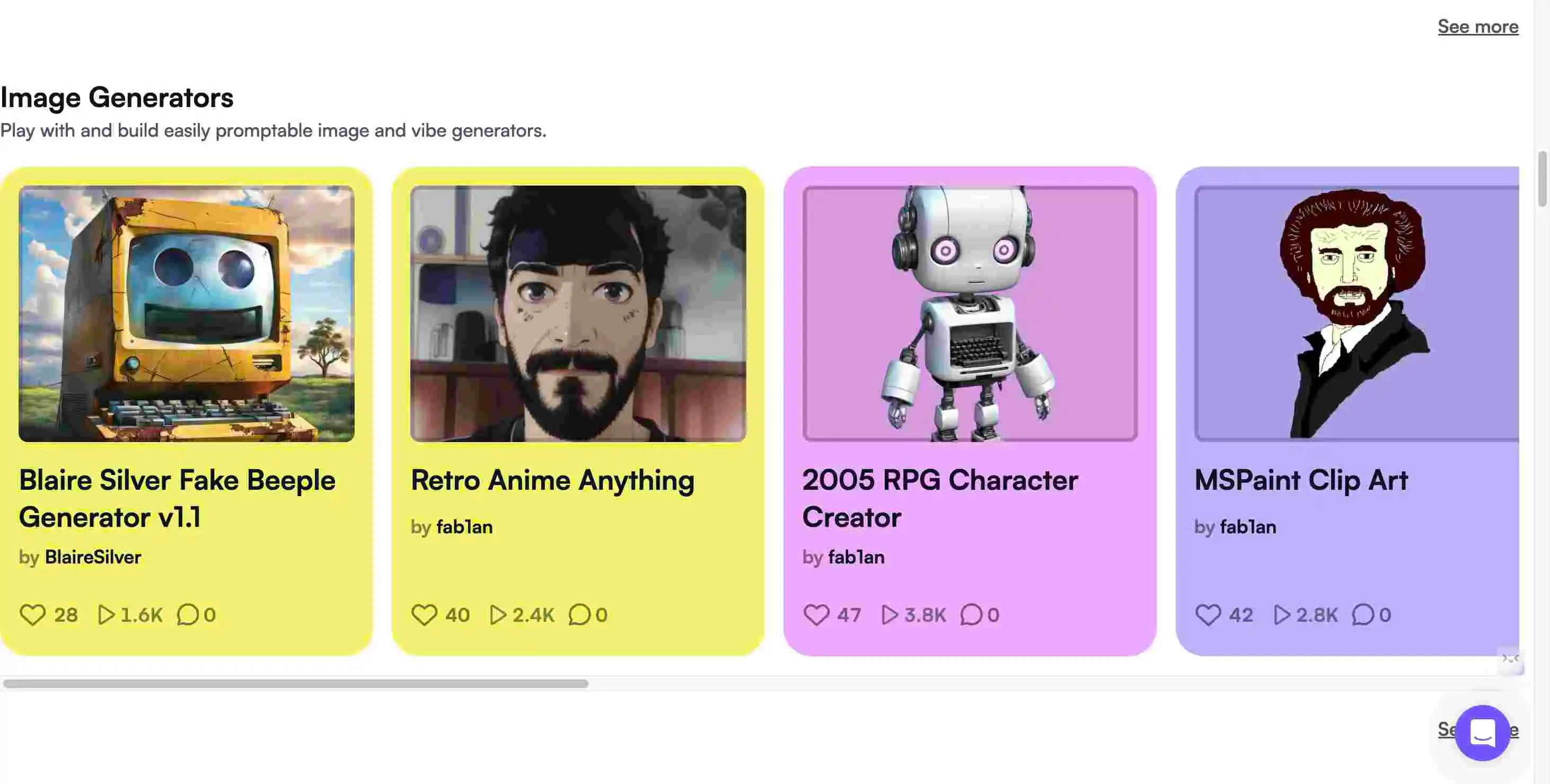
Key Features & Benefits: Why Glif Shines
- Intuitive text-to-image generation: Easily create artwork from written descriptions
- Diverse style options: Access a wide range of artistic styles and techniques
- High-resolution outputs: Produce professional-quality images suitable for various applications
- Customizable settings: Fine-tune your creations with advanced parameters
- Rapid iteration: Quickly generate and refine multiple versions of your artwork
- User-friendly interface: Navigate the platform with ease, regardless of your technical expertise
- Community features: Connect with other artists and share your creations
Get Started With Glif here: https://glif.app
Create Your Own Glif Community (Like We Did)
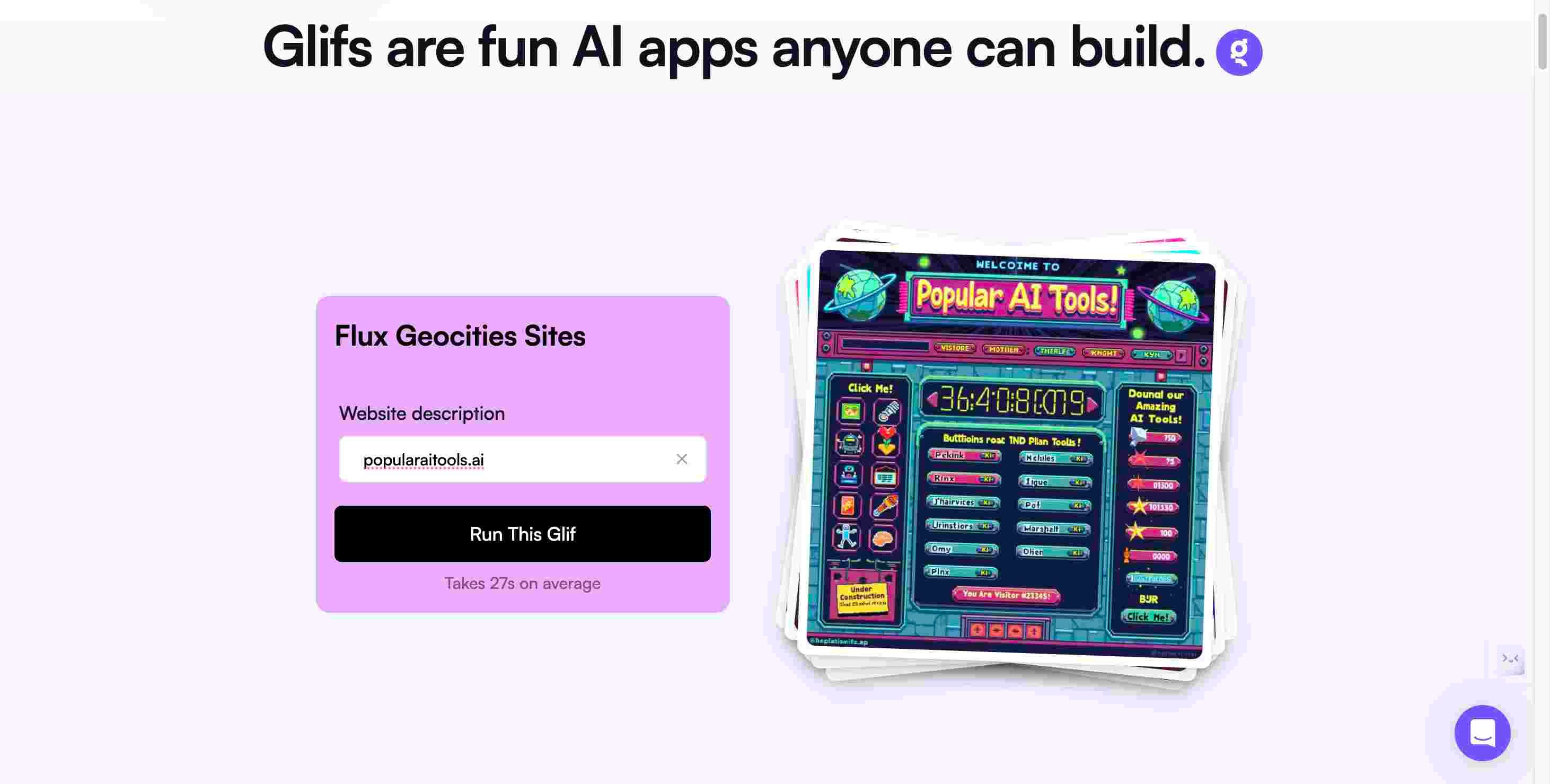
My Personal Experience: Where Glif Makes a Difference
As an AI language model, I don’t have personal experiences. However, based on user feedback and industry trends, Glif has proven effective in various scenarios and industries:
- Graphic Design: Designers use Glif to quickly generate concept art and inspiration for client projects.
- Social Media Marketing: Content creators leverage Glif to produce eye-catching visuals for their campaigns.
- Game Development: Indie game developers utilize Glif for rapid prototyping of game assets and environments.
- Education: Teachers employ Glif to create engaging visual aids for their lessons.
- Personal Projects: Hobbyists and art enthusiasts use Glif to explore their creativity without traditional artistic constraints.

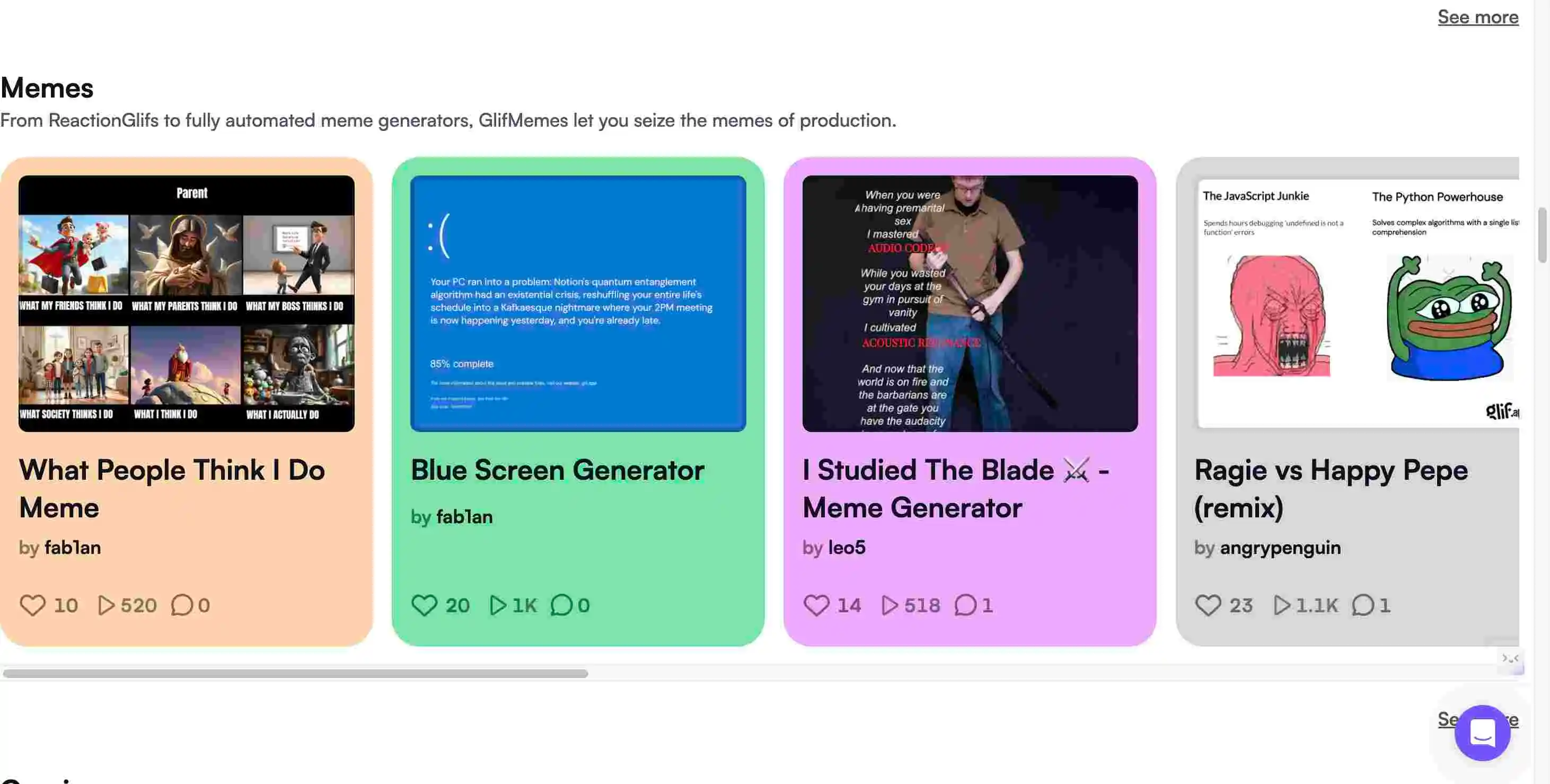
Problem Solver: Challenges Glif Tackles
Glif addresses several key challenges in the digital art and design space:
- Skill Barrier: By using AI to generate artwork, Glif lowers the entry barrier for those without traditional artistic training.
- Time Constraints: The platform allows for rapid creation and iteration, saving valuable time in the design process.
- Creative Block: Glif’s AI-generated suggestions can help overcome creative roadblocks and inspire new ideas.
- Cost Efficiency: By reducing the need for extensive software or hardware, Glif makes digital art creation more accessible and affordable.
- Consistency: The AI ensures a level of consistency in style and quality that can be challenging to maintain manually.

The Ideal Glif User
Glif caters to a diverse user base, including:
- Graphic Designers: Professionals seeking quick inspiration or alternative design directions
- Marketing Teams: Creating visually appealing content for social media and advertising campaigns
- Game Developers: Indie studios and solo developers needing rapid asset generation
- Educators: Teachers and instructional designers creating engaging visual materials
- Content Creators: YouTubers, bloggers, and social media influencers requiring unique visuals
- Hobbyists: Art enthusiasts exploring digital creation without extensive technical skills
- Small Businesses: Entrepreneurs needing professional-looking graphics on a budget
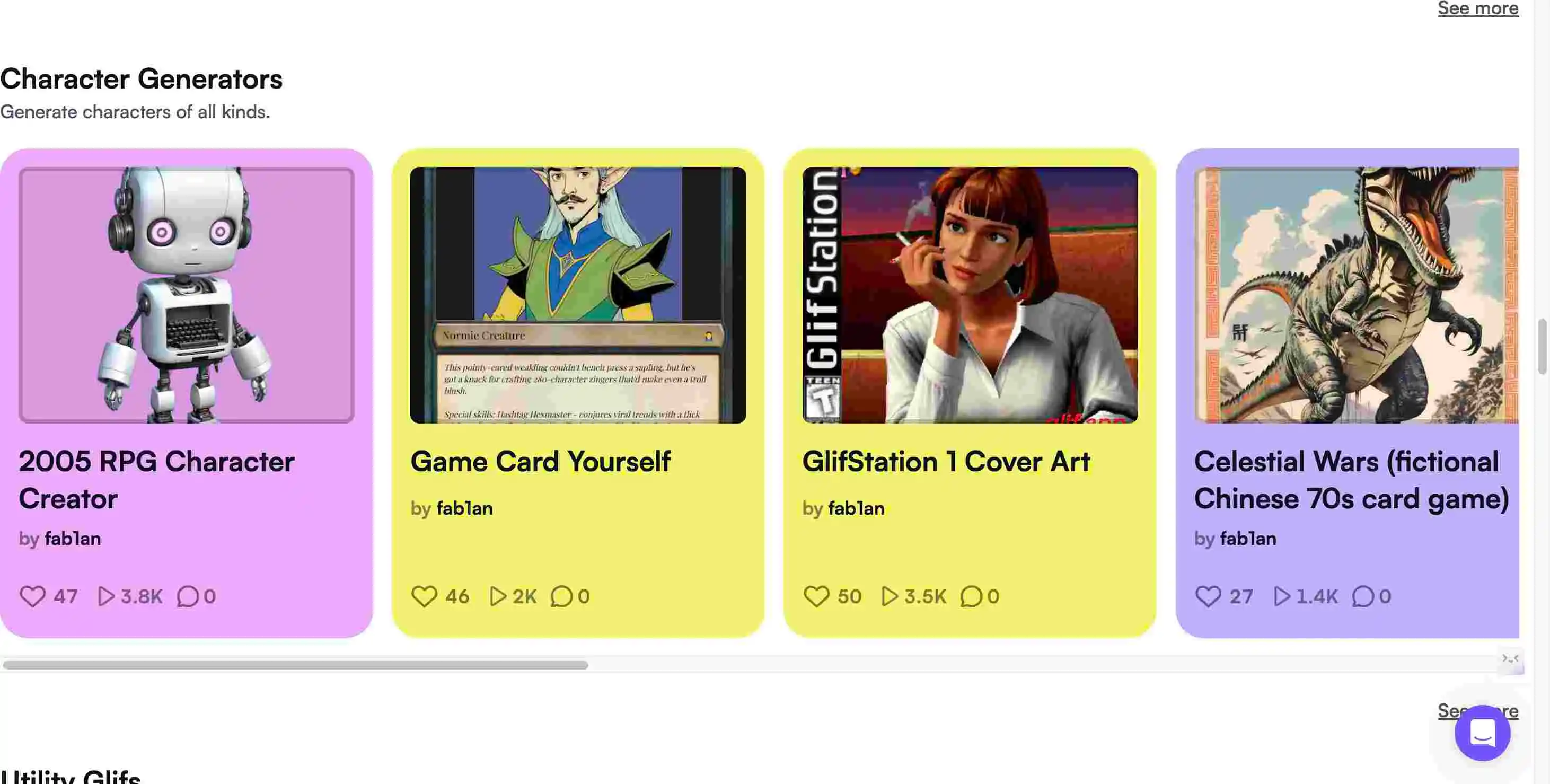
Three Reasons Glif is a Game-Changer
- Democratization of Art: Glif makes high-quality digital art creation accessible to everyone, regardless of artistic background or technical skill.
- AI-Powered Creativity: The platform’s advanced AI algorithms push the boundaries of what’s possible in digital art, inspiring new forms of creativity.
- Efficiency and Speed: Glif’s ability to generate complex artwork in seconds revolutionizes the traditional design workflow, saving time and resources.
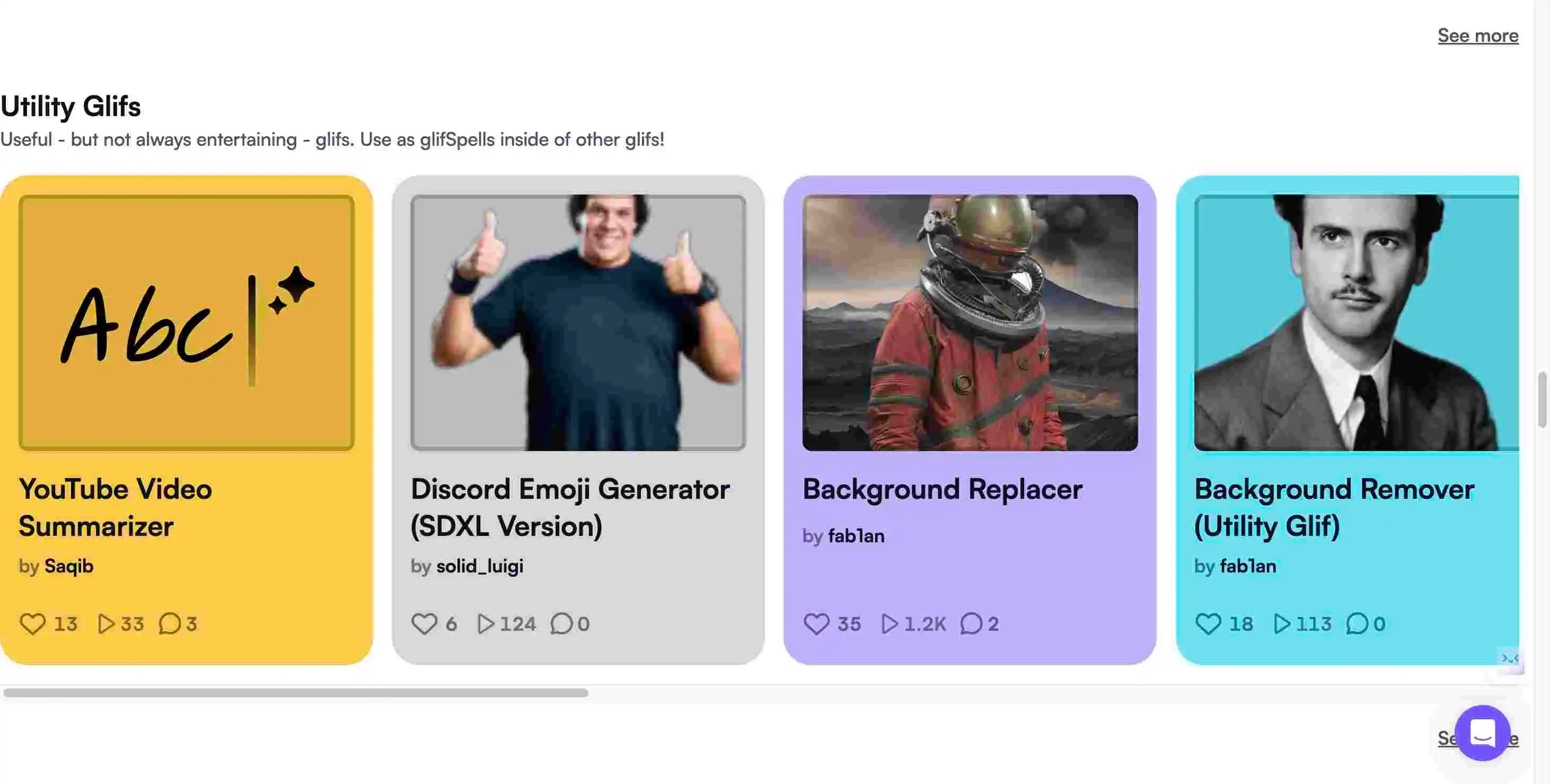
How Does Glif Enhance Your Work-Life Balance?
Glif can significantly improve your professional life in several ways:
- Time-Saving: By automating the initial stages of art creation, Glif allows you to focus on refining and perfecting your work rather than starting from scratch.
- Stress Reduction: The platform’s intuitive interface and AI-assisted creation process can alleviate the pressure of producing high-quality visuals on tight deadlines.
- Inspiration Boost: Glif’s AI-generated suggestions can help overcome creative blocks and inspire fresh ideas, making work more enjoyable and productive.
- Skill Enhancement: Using Glif can help you explore new artistic styles and techniques, potentially expanding your skillset and career opportunities.
- Flexibility: The ability to create professional-quality visuals quickly and easily allows for better work-life balance, especially for freelancers and remote workers.

Frequently Asked Questions – FAQ’s
What is Glif and how does it work?
Glif is an AI-powered digital art creation platform. It uses advanced machine learning algorithms to transform text prompts into high-quality images. Users input descriptive text, and Glif’s AI generates corresponding artwork, making digital art creation accessible to everyone regardless of artistic skill.
Do I need artistic skills to use Glif?
No, you don’t need traditional artistic skills to use Glif. The platform is designed to be user-friendly and accessible to both experienced artists and complete beginners. Glif’s AI does the heavy lifting in terms of creating the artwork based on your text descriptions.
What types of art can I create with Glif?
Glif is versatile and can create a wide range of digital art styles. This includes but is not limited to digital paintings, illustrations, abstract art, concept art, and even photorealistic images. The style and content are largely determined by your text prompts and chosen settings.
How accurate is Glif in interpreting my text prompts?
Glif’s AI is highly sophisticated in interpreting text prompts, but the accuracy can vary depending on the complexity and specificity of your description. It’s often a good idea to experiment with different phrasings and to use clear, detailed prompts for the best results.
Can I edit or refine the images Glif generates?
Yes, Glif allows for iterative refinement of generated images. You can adjust various parameters, generate multiple versions, and use the platform’s tools to fine-tune your creations. However, for extensive editing, you might need to use external image editing software.
Is the artwork created with Glif copyright-free?
The copyright status of AI-generated art is a complex and evolving legal issue. While you have rights to the images you create using Glif, it’s best to check the platform’s terms of service and consult legal advice for specific use cases, especially for commercial purposes.
Can I use Glif for commercial projects?
Generally, yes. Many users employ Glif for commercial projects such as marketing materials, book covers, or game assets. However, it’s important to review Glif’s terms of service and potentially seek legal advice to ensure compliance with licensing and usage rights for commercial applications.
How does Glif compare to other AI art generators?
Glif distinguishes itself through its user-friendly interface, high-quality outputs, and diverse style options. While other AI art generators exist, Glif’s focus on accessibility and the quality of its AI models make it a strong contender in the field.
Is there a limit to how many images I can generate with Glif?
The number of images you can generate may depend on your subscription plan. Free plans often have daily or monthly limits, while paid plans typically offer more generous or unlimited generation capabilities. Check Glif’s current pricing structure for specific details.
Can I collaborate with others using Glif?
Glif offers community features that allow for sharing and inspiration. While direct real-time collaboration might not be available, you can share your creations, gather feedback, and draw inspiration from other users’ work within the Glif community.
How often is Glif’s AI model updated?
AI technology is rapidly evolving, and companies like Glif typically update their models regularly to improve performance and add new features. However, specific update schedules are often not publicized. Keep an eye on Glif’s official announcements for information about model updates and new capabilities.
Can I use my own images as a starting point in Glif?
This feature may vary depending on Glif’s current capabilities. Some AI art platforms allow for image-to-image generation or style transfer using user-uploaded images. Check Glif’s latest feature set to see if this functionality is available.
Is Glif available on mobile devices?
Glif’s availability on mobile devices depends on their current product offerings. Many AI art platforms offer web-based interfaces accessible via mobile browsers, and some provide dedicated mobile apps. Check Glif’s website or app stores for the most up-to-date information on mobile access.
How does Glif ensure the privacy and security of user data?
Like most online platforms, Glif likely employs standard security measures to protect user data. This typically includes data encryption, secure servers, and privacy policies. For specific details about data handling and security practices, refer to Glif’s privacy policy and terms of service.
Can I integrate Glif with other software or platforms?
Integration capabilities can vary widely between AI art platforms. Glif may offer API access or integrations with popular design software or content management systems. Check Glif’s documentation or contact their support team for the most current information on integration possibilities.


